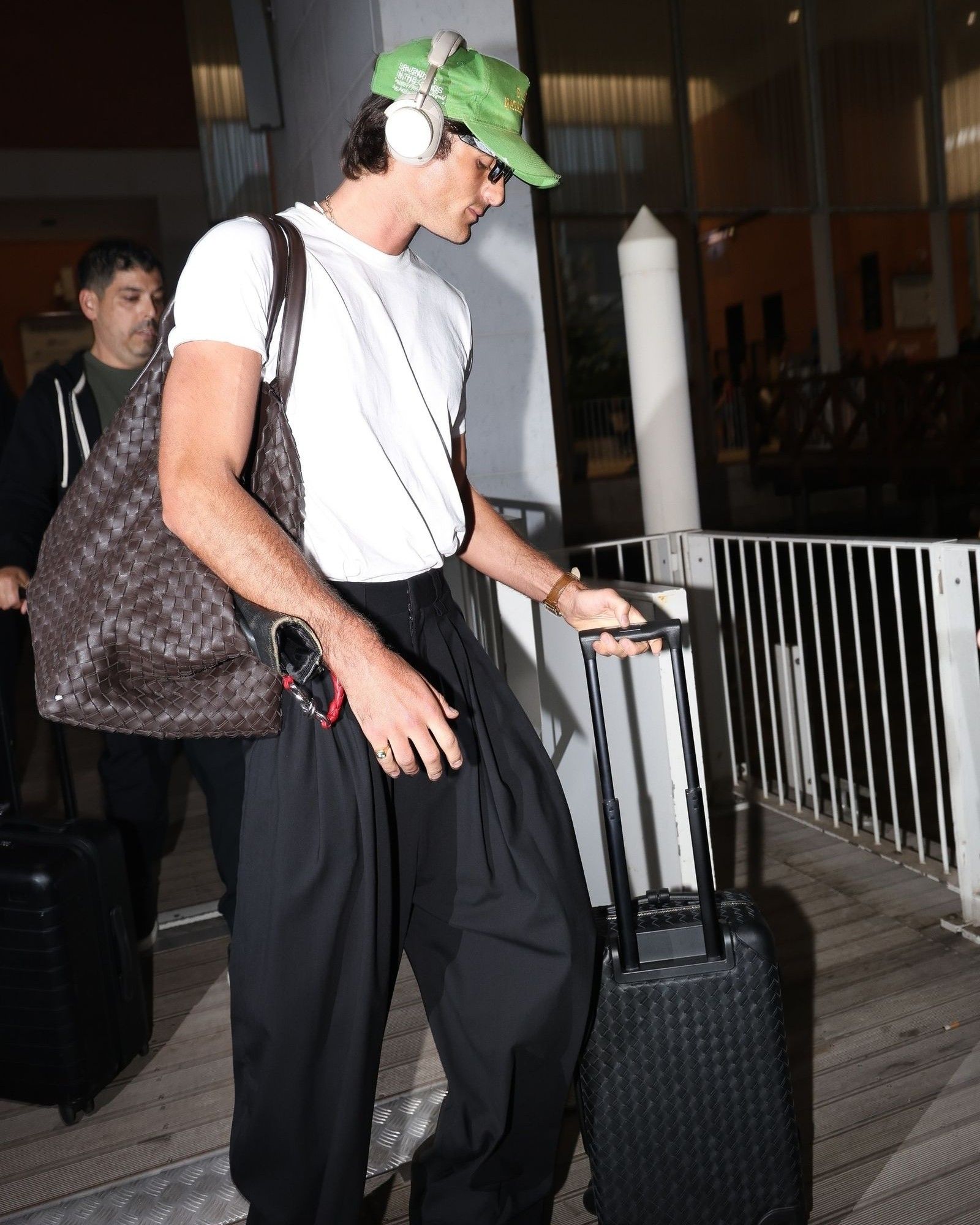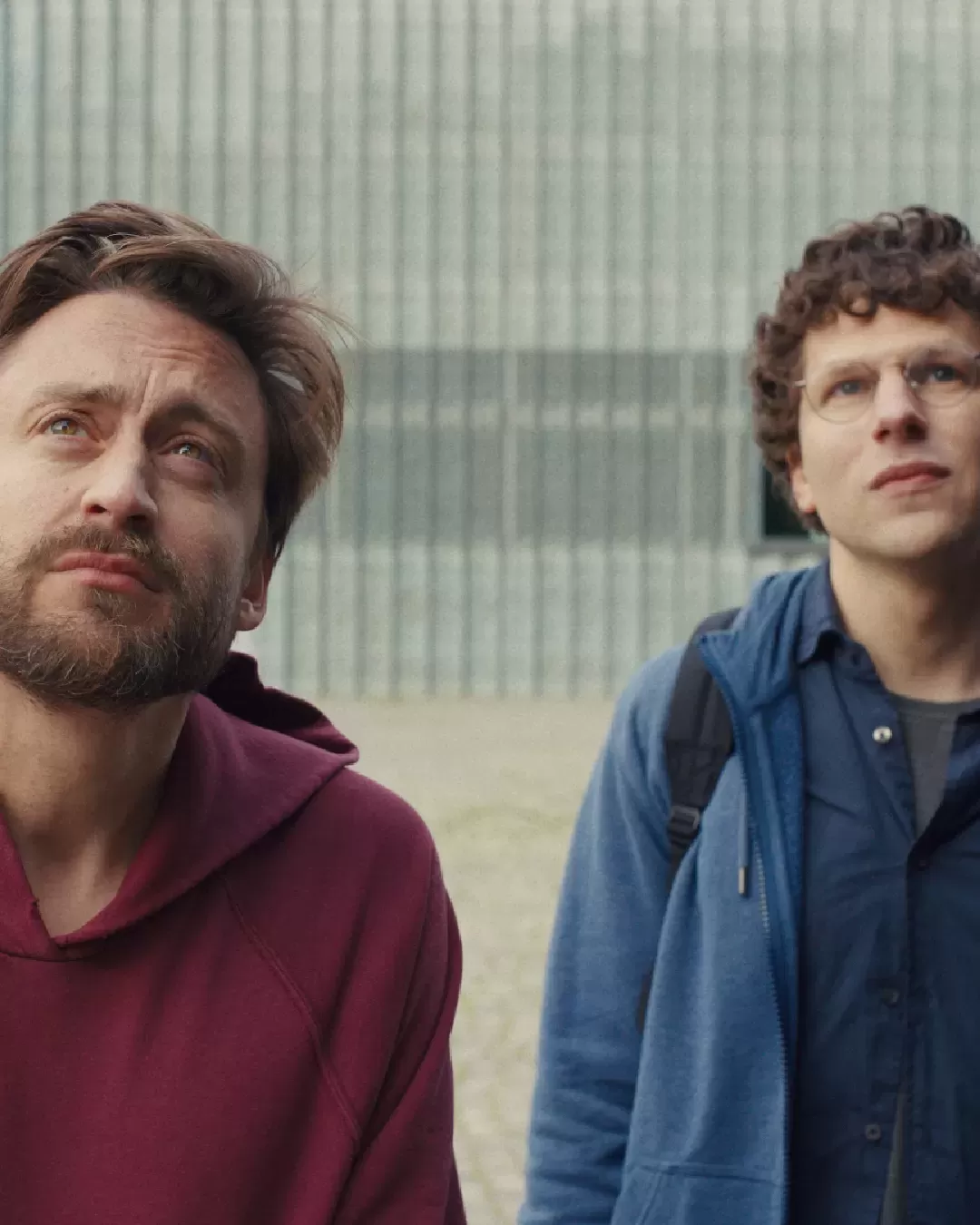
Why more and more cities are choosing to de-emphasize tourism From Amsterdam to Barcelona via Venice
Recently, the municipal council of Amsterdam announced that it will ban the construction of new hotels in the city. The decision aims to reduce and control the excessive influx of visitors. From now on, in the Dutch capital, a new hotel can only open if another one closes, if it is more sustainable in terms of construction than existing ones, and if it does not lead to an increase in bed capacity. Priority will also be given to facilities located outside the historic center. In 2023, in Amsterdam, hotel stays alone – not counting those from Airbnb – exceeded 20 million, a threshold that the municipal administration would prefer not to surpass. This measure is part of a larger plan, promoted by the city, to discourage tourism in general – especially within the historic center. Last year, for example, a communication campaign was launched to discourage a certain type of visitors, mostly interested in marijuana consumption and legal prostitution.
The initiative is called "Stay Away," and it is aimed primarily at male tourists between 18 and 35 years old, considered by the municipal administration to be the most problematic for public order. The announcements contain warnings about the risks and consequences of alcohol and drug abuse – common practices for that type of visitors. Since last May, moreover, the closing time of some venues has been brought forward, and it is no longer possible to smoke marijuana on the streets of the famous "red-light district," which attracts thousands of people every day, and which has long been the subject of discussion about the possibility of moving it to the outskirts. Furthermore, Amsterdam will progressively limit the access of cruise ships to the terminal located in the city center, thus also reducing air pollution. All these measures have a common goal: to make the city more livable for residents.
Venice's Initiative Against Mass Tourism
@testaccina Tourist tax Venice 2024 - tips for visiting Venezia this year - prices + more #venice #venezia #veniceitaly #tourism #tax original sound - Isobel | Italy Food Travel
But Amsterdam is not the only major European city implementing specific plans to reduce excessive tourist flow. A similar initiative has recently been taken by Venice as well. Last September, Mayor Luigi Brugnaro announced a plan to discourage and make the large quantity of tourists more manageable at certain times of the year, such as holidays and weekends. The project, officially started on Thursday, April 25, involves – under certain conditions – the payment of a €5 fee to access the city center. The goal is to redirect tourists who want to visit the city in a day to other dates with less crowding, in order to ensure residents a better quality of life. The measure, in fact, is not intended to generate profit – on the contrary, it is expected to cost the Municipality more than it will collect. The city is one of the main destinations for what is often called "toxic tourism", capable of generating a series of problems for residents – such as the imbalance between the excessive presence of tourists and the progressive depopulation of Venice by its inhabitants.
The Case of Barcelona
A message for visitors spray-painted on walls in Vila de Gràcia, an artists' quarter in Barcelona.
— Jerry Adriko (@HubJaree) May 1, 2024
While some nations court tourists, others weary of their presence. The Iridex model highlights the importance of sustainable tourism.
: Getty Images#SustianableTourism pic.twitter.com/VqTX7PoFVz
Even Barcelona – one of the most visited cities in Europe – is struggling to manage the arrival of an ever-increasing number of tourists. In 2023, it recorded 12 million visitors, surpassing pre-pandemic levels. Residents have long considered this increase one of the city's biggest problems: the large number of tourists has contributed to the rise in housing prices. For this reason, the local administration, also to send a signal to residents, recently removed from online maps a bus line because it was too crowded with tourists – something that several associations had been requesting for some time. The line connects the city center with Parc Güell (the second most visited attraction in Barcelona after the Sagrada Familia) and was almost always besieged by tourists. The overcrowding made it practically impossible for residents of the neighborhoods it passed through to use the bus. The Municipality had already tried to increase the frequency of services, but without success. In some cases, it even happened that the older buses had to stop to let some passengers off because they couldn't continue the journey due to excessive weight. Some residents interviewed by the Spanish newspaper El Diario confirmed that the measure worked this time: today the bus is no longer exploited by tourists, and it can be used again calmly by the residents of Barcelona.














































